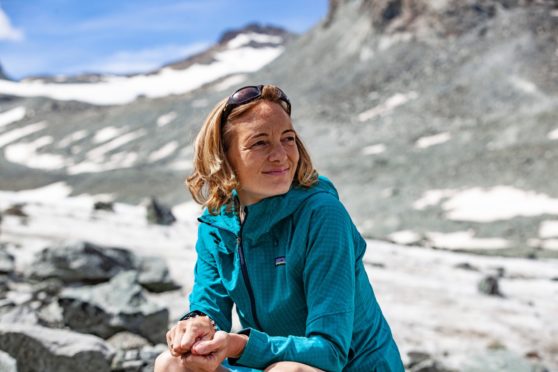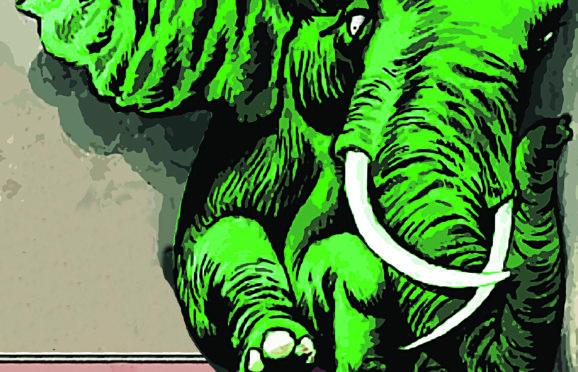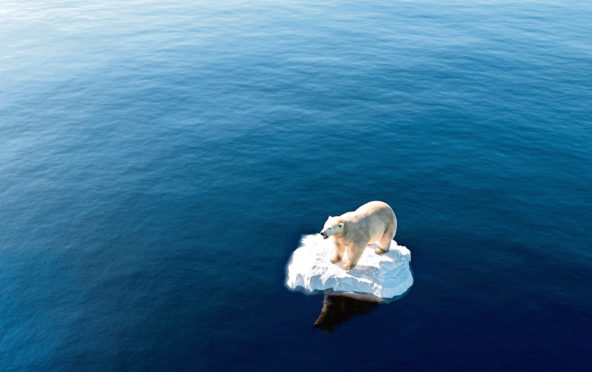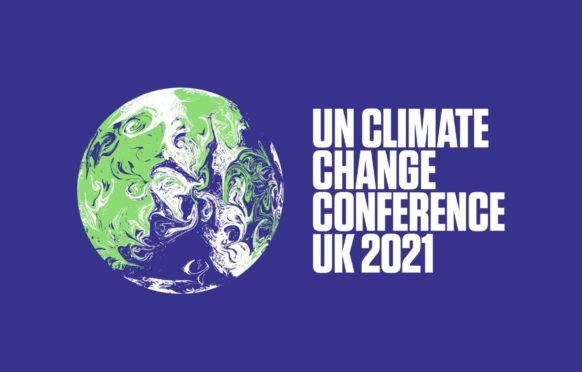
It is too late to halt climate change but there is still time to avert catastrophe, according to a scientist who has spent a lifetime studying the ice caps.
Professor Jemma Wadham, one of the world’s leading glaciologists, has spent much of the past 25 years exploring inhospitable caves and crevasses, digging deep underneath glaciers and ice sheets to discover why they are disappearing at an alarming rate.
Covering one-tenth of the Earth’s land surface, Wadham explains, glaciers are inextricably linked to our survival and the ongoing prolonged loss of ice mass has already irreversibly affected the natural world.
She said: “When things change negatively for glaciers, it’s also the same for us because, in many ways, they are our lifelines. Not only do they provide us with fresh and clean water – a lot of water, actually, as almost 70% of the planet’s freshwater is tied up in glaciers and ice sheets – they also control our sea levels, control our climate, fertilise oceans and provide us with fish.
“As glaciers get smaller, there will be less freshwater available, as it will actually be in the oceans, which are then rising. So, we’ve created two problems – a lack of water in the mountains and too much water in the seas.
“There are millions of people at risk through the changes that come with glaciers melting. Every fraction of a degree that we add or save will make a difference.”
Since the beginning of the last century, a rise in carbon dioxide and other greenhouse gas emissions has caused temperatures to rise. This, particularly around the poles, has caused glaciers to melt and, globally, an average 30 metres loss of ice thickness has been observed since 1957.
Having been to the farthest edges of our planet, and stood on top of glistening, beautiful mounds of ice in Greenland, Antarctica and the Himalayas, Wadham has witnessed first-hand the devastating impact of climate change.
Glaciers have been her passion since she was a young geography undergraduate, and the desire to explain our connection to such otherworldly masses, she admits, was one of the motivations behind her book, Ice Rivers, which is published this week.
Detailing 25 years of expeditions around the world, the part-memoir, part-call to action brings the frontline of climate change to readers’ front rooms.
“Glaciers are just so far removed from anyone’s conception of reality – we don’t see them, they don’t turn up on our everyday lives, we don’t see them melting,” explained Wadham, professor of glaciology at the University of Bristol.
Childhood trips to the Cairngorms saw Wadham quickly develop a fascination with “what lay ‘north’” at an early age. “I wanted to take people there, to bring the glaciers to their front rooms, and explain why they are so fascinating, as well as how they work, why they are connected to us, and why that connection means that when they change we change too,” she said.
“I wanted the book to be quite experiential in terms of what I saw, what I felt, what I smelled – all the different senses of that experience. Most people can’t travel to a glacier, but they can feel what it’s like to be there.
“I’ve been studying glaciers since I was 20, more than 25 years now, and over that time I’ve seen them change. For many people it’s hard to imagine what climate change is – it’s a very nebulous concept, but I’ve actually seen these changes in a tangible way.”
The first trip recalled in her book is to the Haut Glacier d’Arolla, located high in the Swiss Alps, and a return visit to the desolate landscape hammered home these changes. She continued: “Two years ago, I went back to the glacier I started out on when I was 20, where my fascination was born. It was the first time I’ve been back there and, since then, it has shrunk by a kilometre, thinned and lost part of its body.
“I hadn’t been there in the intervening period, so it was 25 years of change summed up one day. When I saw it I was flabbergasted, really I was. It was very sad.
“I almost didn’t recognise it as a glacier – it looked like this ghost in this valley, like a shroud.”
She explained: “Whatever we do now, climate change is going to continue happening. But if we take drastic action now we can hopefully avoid some of the more catastrophic situations.
“It is encouraging when you see the UK Government making commitments to cut emissions more stringently by 2035 – but those are words, and the proof of the pudding is in the eating. You have to hope and you have to try. There is still a chance it can be better.”
We can slow it down but some changes happening now, in our lifetimes, are going to be irreversible
– Marine ecologist Professor Michael Burrows
The potential impact of climate change on Scotland’s seas cannot be underestimated and some will be irreversible, according to a leading marine ecologist.
A marine ecologist with the Scottish Association for Marine Science, Professor Michael Burrows’ research focuses on how marine animals and plants are responding to changes in their environment – and how species might suffer or succeed in the face of ongoing climate change.
He said: “Of the cold water fish and plankton that are at the very limits of their tolerance for high temperature – species that live in the Arctic, all the way down Scandinavia and maybe just at their southern most limit in Scotland – even a little bit of temperature increase is enough to wipe them out locally.
“And, conversely, those species for which Scotland is presently too cold will suddenly find our waters just warm enough, so we’ll expect to see new arrivals and new fish species.
“Changes are also important in terms of what we call ‘foundation species’. For example, we have lots of lovely kelp beds around Scotland, and hundreds of species depend on its presence. If that was to suddenly disappear, that balance and resilience of the ecosystem could be threatened.
“Places at the edge of that kind of ‘sensitivity’ are where you’re going to see the big changes, and there will be a big knock-on effect for the people who rely on those communities, too – tourism and fishing, or what we call ecosystem services.
“These changes in our lifetimes are irreversible. We will not be able to take that carbon dioxide back out again in sufficient quantity to change the climate back to what it was. I’m slightly hopeful that we will be able to slow down the rate at which we’re putting carbon dioxide into the atmosphere, and there are signs that governments are taking action.
“The UK has made quite a few commitments recently in terms of transport and renewable energy.”

Enjoy the convenience of having The Sunday Post delivered as a digital ePaper straight to your smartphone, tablet or computer.
Subscribe for only £5.49 a month and enjoy all the benefits of the printed paper as a digital replica.
Subscribe

